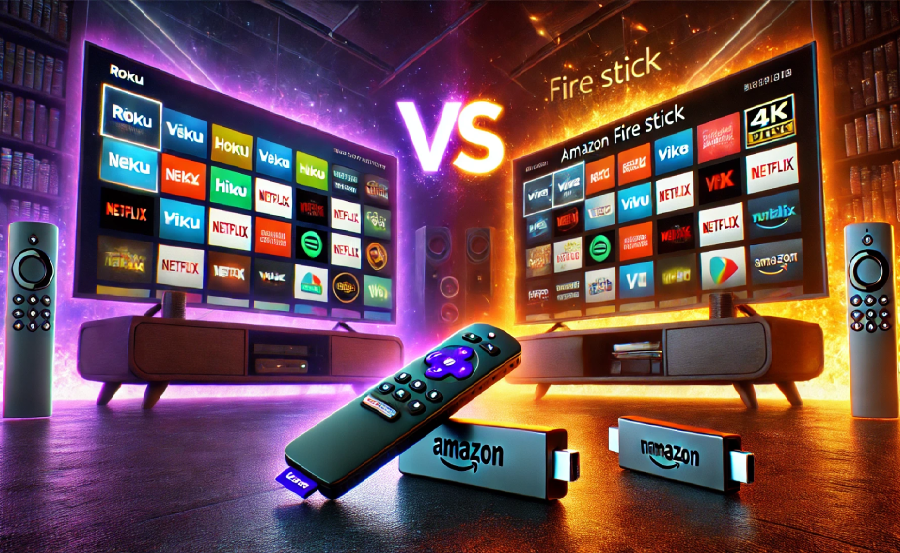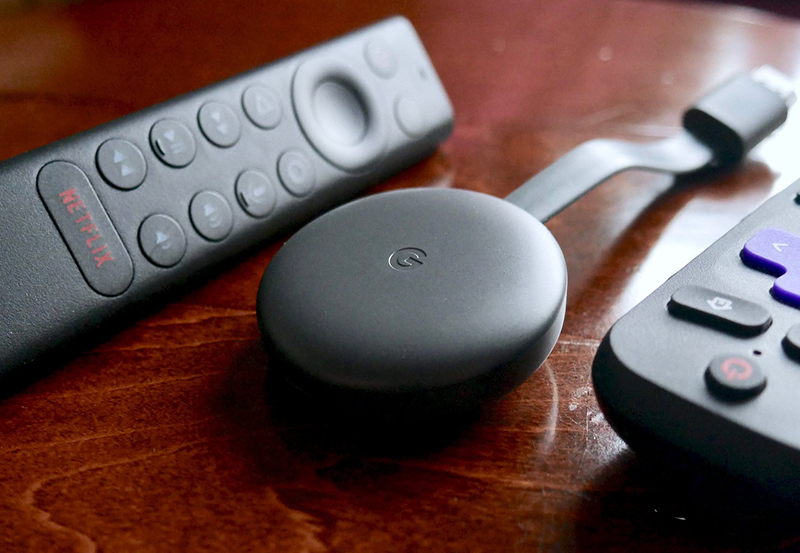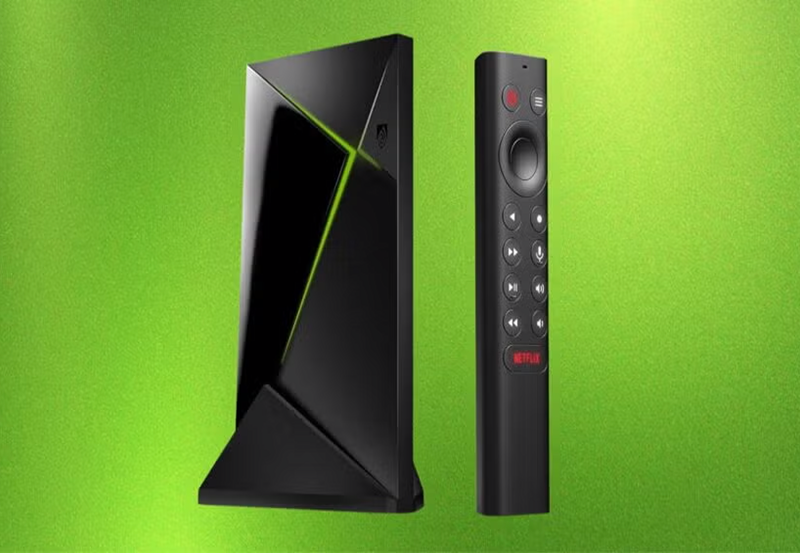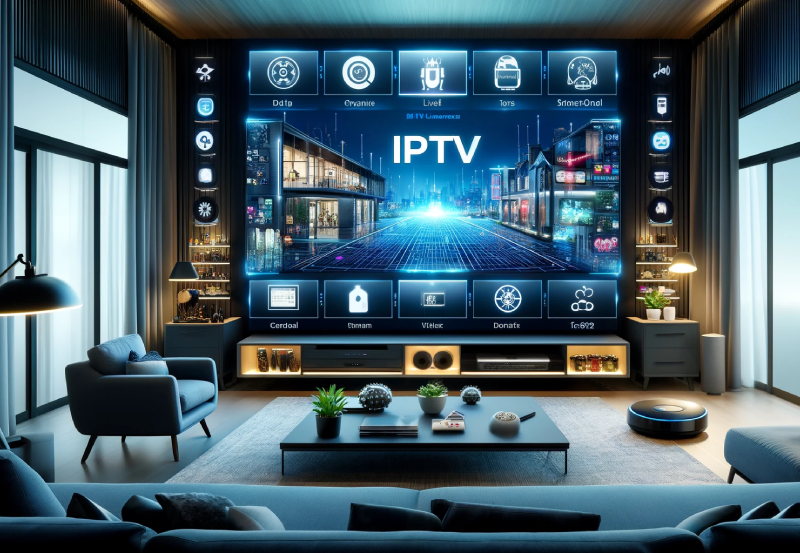In the rapidly evolving landscape of streaming technology, consumers are often faced with the choice between Roku and Amazon Fire Stick. Both devices offer diverse features and access to a plethora of channels, making them popular options for cord cutters worldwide. However, one critical aspect remains at the forefront of user experiences—the speed at which apps load. As the streaming wars continue to heat up, we delve into the performance aspects of these two powerhouse devices, focusing on app loading times and overall user experience.
Understanding Streaming Devices and Their Significance
Streaming devices have revolutionized the way we consume media, shifting away from traditional cable TV to more flexible, customizable internet-based services. This shift has brought devices like the Roku and Amazon Fire Stick into the spotlight, offering users the liberty to access a vast array of streaming services from the comfort of their own homes, often at a much lower cost than conventional TV.
The Growth of Streaming Technology
Over the past decade, streaming technology has advanced significantly, offering not just services but also better hardware that enhances viewing experiences. As services like DuplexIPTV and others offer IPTV trials, the demand for devices that can efficiently run these applications has increased. Consumers now seek out information such as ultimate streaming insights to help them choose the best device for their needs.
Smart Choice:
Experience top-tier entertainment with Best IPTV for USA and enjoy non-stop shows and movies.
Importance of App Loading Times
App loading time can significantly impact user satisfaction. In a world where time is precious, users expect almost instantaneous access to their favorite content. Thus, the ability of devices to quickly load apps without noticeable lag is crucial to gaining a competitive edge. Let’s delve into how Roku and Amazon Fire Stick stack up against each other in this crucial performance metric.
Roku: A Deep Dive
Roku has established itself as a leader in the streaming device market, famous for its user-friendly interface and extensive content offerings. Here, we explore Roku’s hardware specifications, interface design, and how these affect app loading speeds.
Roku’s Hardware and Design
The hardware components of Roku devices play a significant role in their performance. Roku is renowned for its simplicity yet efficient design, packing in everything needed for seamless streaming within a compact device. The processing power and RAM significantly contribute to the speed at which apps can be opened and navigated, making them a critical factor to consider.
How Interface Impacts Performance
An intuitive interface can also enhance the overall experience by reducing the time it takes to find and load apps. Roku’s interface is straightforward, usually offering smooth transitions between different apps and services. User-friendly menus and quick access to frequently used services are staples of Roku’s design philosophy, potentially contributing to faster app loading times as users navigate quickly through the system.
Amazon Fire Stick: Comprehensive Analysis
Amazon Fire Stick, on the other hand, offers a competitive suite of features along with seamless integration into Amazon’s ecosystem. We assess its hardware capabilities and how these specifications translate to real-world app loading speeds.
Amazon Fire Stick’s Technical Capabilities
With its robust processing capabilities and high-resolution output, the Amazon Fire Stick provides a powerful streaming experience. Its specifications reflect Amazon’s commitment to providing a device that not only delivers visually but also in terms of speed. By examining these technical details, we can understand the Fire Stick’s app loading performance.
User Experience and Interface Design
The interface of Amazon Fire Stick reflects Amazon’s overarching brand identity, integrating features like voice search through Alexa and personalized content recommendations. While these features enhance user interaction, they may sometimes slightly prolong app loading times due to additional background processes. However, for many users, the convenience outweighs any minor delays.
Comparative Analysis: Roku vs. Amazon Fire Stick
With both devices offering unique benefits, it becomes essential to carry out a side-by-side comparison focusing primarily on app loading times and efficiency.
Empirical Testing: Which Device Loads Apps Faster?
Through multiple tests, both controlled and real-world scenarios, we gauge the performance of Roku and Amazon Fire Stick. Factors like different network conditions, as well as type and size of the apps, are taken into consideration. This section outlines how each device handles these variables with respect to app speed.
Factors Influencing Loading Times
While Roku generally performs admirably with a more consistent interface response, Amazon Fire Stick sometimes exhibits variances due to its more complex interface and additional features. These nuances in performance can be attributed to factors such as network speed, processing power, and background system processes.
- Processing Power
- Network Speed and Stability
- System Optimization
- App Type and Size
Real User Insights and Practical Tips
User reviews and feedback offer valuable data about the practical aspects of app loading performance on these devices. Engaging with online forums and customer reviews sheds light on unexpected benefits or issues that might not be immediately apparent through empirical testing alone.
User Preferences and Feedback
Discussions with users reveal a nuanced view of how each device performs in daily scenarios. Many users prioritize consistency and ease of use, rating features like simple navigation and quick access to content highly. Others may prefer Amazon Fire Stick’s feature-rich environment despite slightly longer loading times. Community forums remain an excellent source of ultimate streaming insights, often guiding potential buyers.
Practical Tips for Enhancing Device Performance
- Regular software updates to ensure the latest optimizations are installed.
- Minimize background apps to reduce load on device resources.
- Ensure a stable, high-speed internet connection for optimal streaming.
Conclusion: Making the Right Choice
At the end of the day, the decision between Roku and Amazon Fire Stick depends on individual priorities and preferences. If seamless navigation and quick app loading times are your top priorities, Roku might have a slight edge. However, if you value integration with a broader ecosystem and enhanced features such as voice control, Amazon Fire Stick may suit you better. Both devices offer unique advantages, and understanding the key differences helps make an informed choice suited to your viewing habits.
FAQ Section

What are the main differences in app loading times between Roku and Amazon Fire Stick?
While both devices offer competitive app loading times, Roku often provides more consistent speed. Amazon Fire Stick may have slight delays due to its additional features like Alexa integration.
Can I use DuplexIPTV on both Roku and Amazon Fire Stick?
Yes, DuplexIPTV is compatible with both devices, allowing you to take advantage of IPTV trials and explore various channels available on the platform.
How can I improve app loading times on my device?
To improve app loading times, keep your device updated, minimize background applications, and ensure a strong internet connection. These steps help in optimizing the device performance for faster access.
Is there a noticeable difference in interface speed between the two devices?
Generally, Roku is recognized for its simplistic and faster interface whereas Amazon Fire Stick offers richer features that might slightly impact speed. The choice often depends on what extra features you value more.
What unique features could influence my choice between Roku and Amazon Fire Stick?
Roku offers an easy-to-use interface and a vast channel store, whereas Amazon Fire Stick brings voice control via Alexa and personalized recommendations, which might sway decisions depending on user preferences.
Are there any costs associated with using DuplexIPTV on these devices?
DuplexIPTV may have subscription costs depending on the package chosen. Trials are often available, which allow you to explore features and channel availability before committing.
Multi-Room Viewing: Syncing Multiple Element Smart TVs





